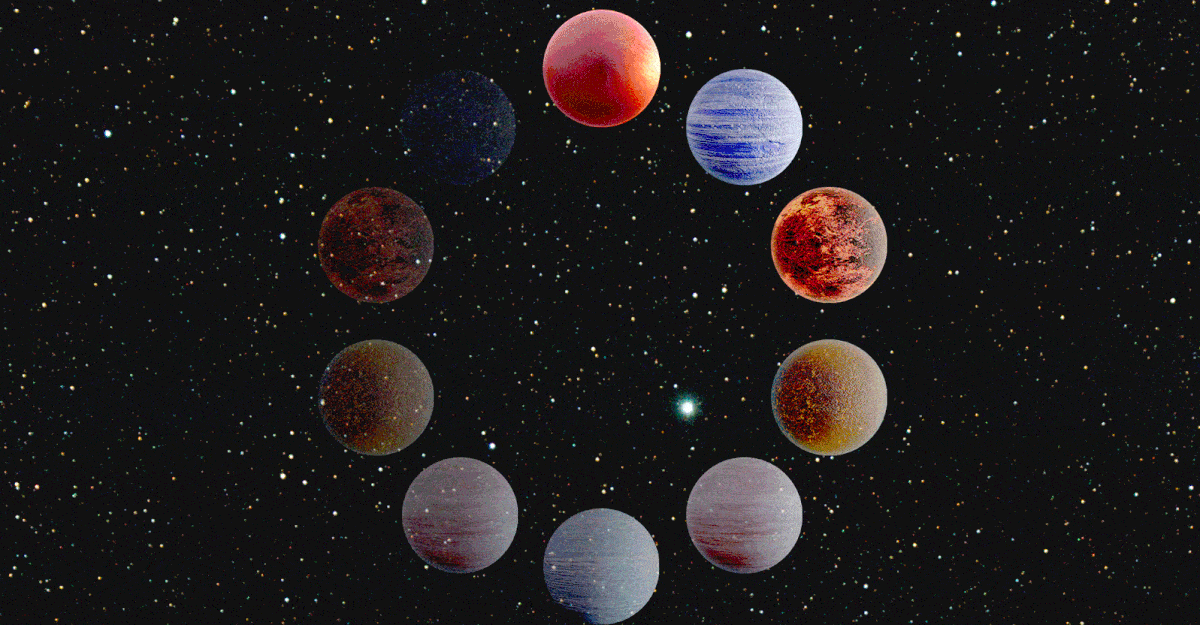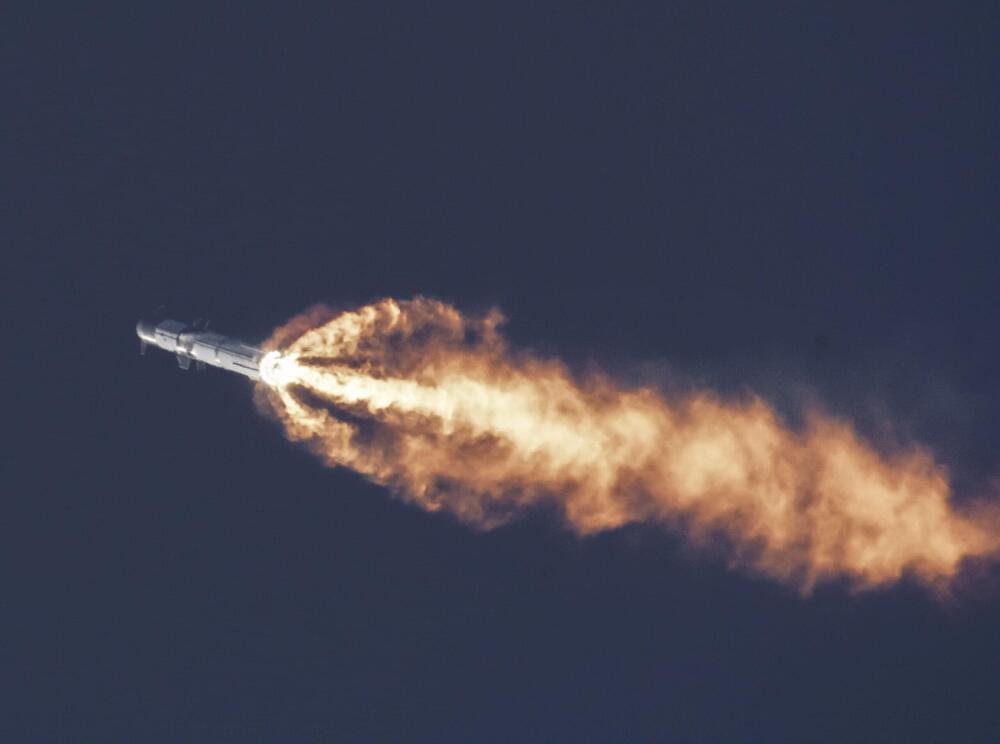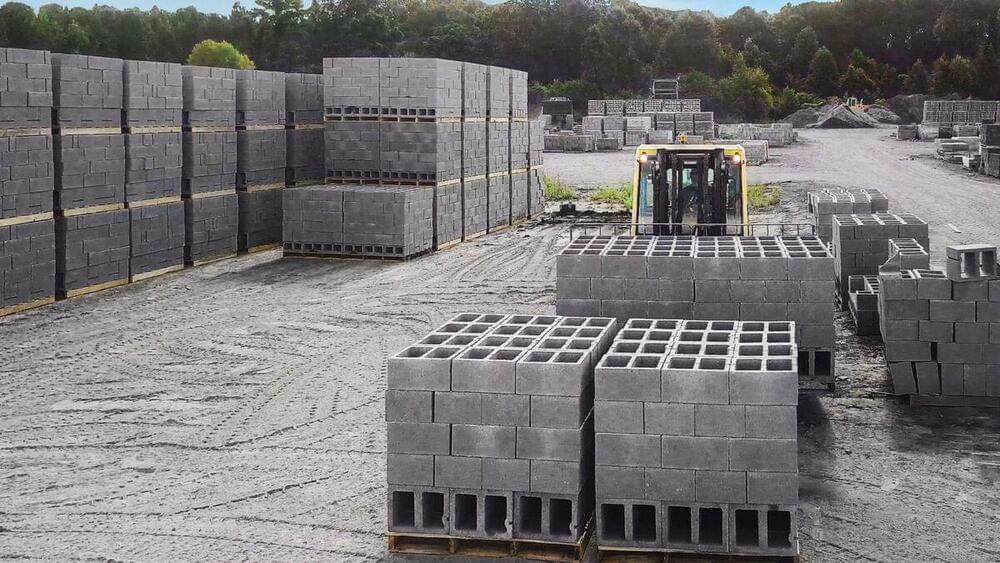When will humans become Type II? Join us… and find out more!
Subscribe: https://wmojo.com/unveiled-subscribe.
In this video, Unveiled takes a closer look at how (and when) humans will finally move up the Kardashev Scale! At present, humankind is only Type 0.7 on the ladder of advancement… we have a long way to go! But how soon before we see things like Dyson Spheres and space travel to other planets? How soon before we become TYPE II?
This is Unveiled, giving you incredible answers to extraordinary questions!
Find more amazing videos for your curiosity here:
6 Scientific Breakthroughs Predicted During Your Lifetime — https://youtu.be/wGKj-3AfxdE
What If Humanity Was a Kardashev Civilization? — https://youtu.be/omScpI80PCo.
0:00 Intro.







